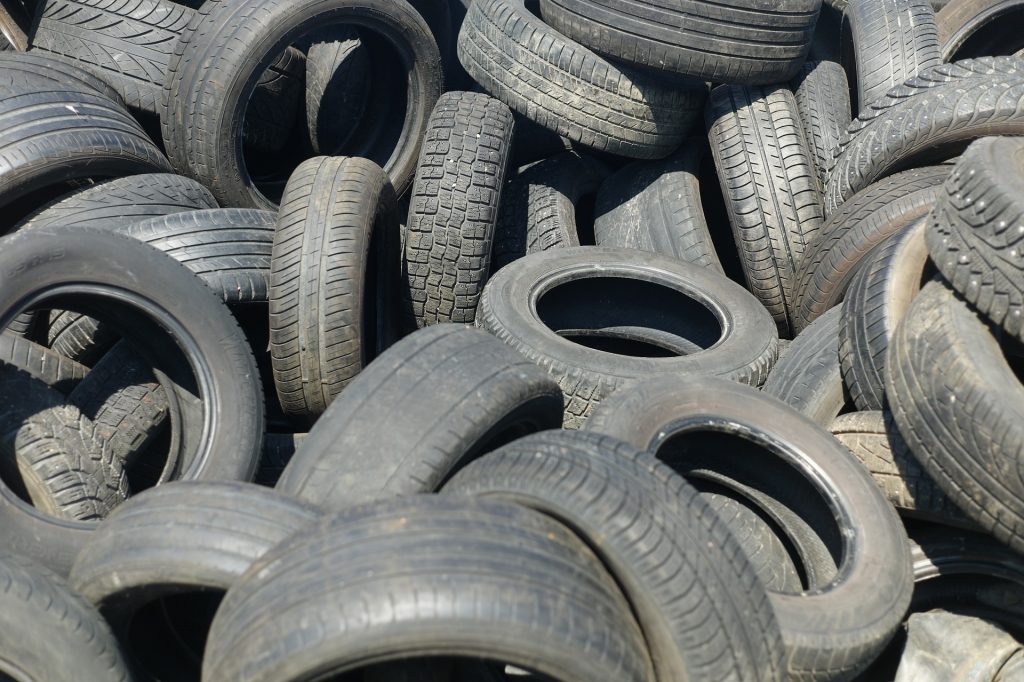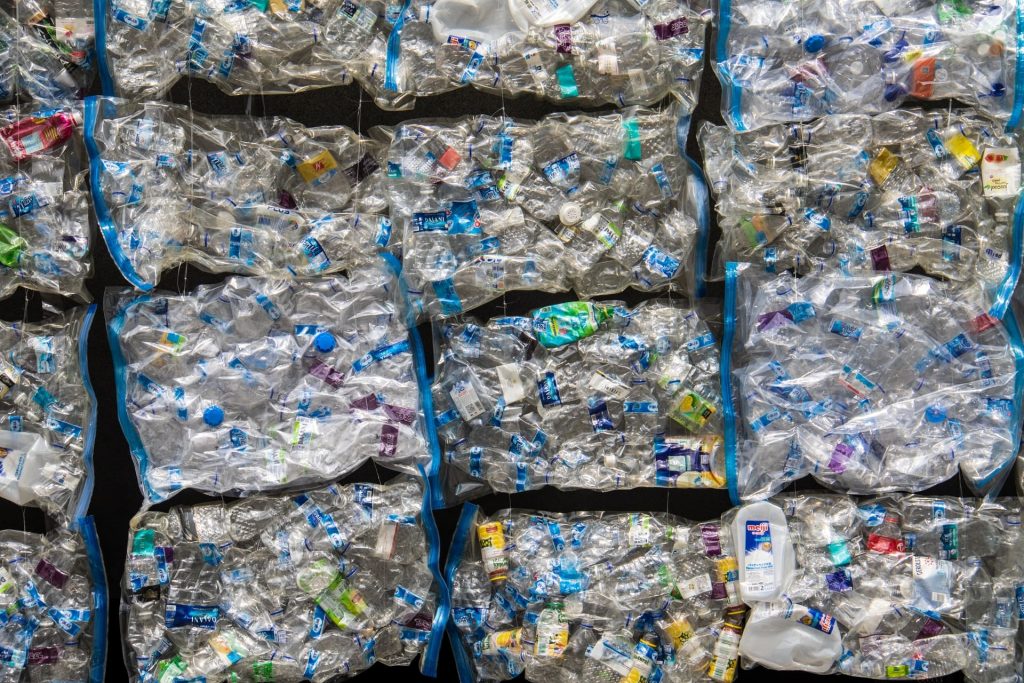As rubber and plastic waste increases, the UK is actively seeking alternative uses for and ways to repurpose these materials. This has resulted in a rise in rubber and plastic recycling, which creates significant fire risks throughout its storage and intense processing.
Plastic and rubber have many characteristics that make suppression extremely challenging. For example, modern plastic and rubber are made up of a complex mix of materials – many of which are highly combustible. Additionally, as both rubber and plastic are oil-based materials, they have the potential to act much like flammable liquids when alight. As a result, it is crucial for business owners to understand all the fire risks and mitigation measures associated with rubber and plastic to safeguard teams and premises.
The risk of rubber
Rubber fires can spread quickly and burn at extreme temperatures. At these high temperatures, rubber can begin to flow as a hot mass and release highly flammable vapours. These vapours can burn with an explosive force if not quickly managed and controlled.
As rubber naturally repels water, many extinguishing methods will be shed and drained away, so traditional suppression systems, such as sprinklers at ceiling height, are often ineffective in controlling the spread of rubber fire.
Tyre fires are the most common type of rubber fires, as waste tyres awaiting recycling are often stored for extended periods of time. These tyre stockpiles have the potential for high heat output, further increased by the air spaces between tyres.
Once alight, tyre fires can burn for astonishing amount of time. A key example of this is the Heyope Tyre Fire, which burned for a staggering 15 years before it was fully extinguished in 2004. Burning tyres can also release large amounts of oil, meaning water alone isn’t a particularly effective extinguishing material.
The risk of plastic
Plastic flames spread rapidly and can reach as high as two feet per second, or 10 times that of wood on the surface. Much like rubber, burning plastic will melt and flow as a liquid, causing the fire to spread in unusual and unpredictable ways.
Recycled plastics are commonly used in the production of refuse derived fuel (RDF) and solid recovered fuel (SRF), both of which have high fire risks. Subcoal technology is now used to repurpose RDF and SRF into pellets which can be used to fuel lime and cement kilns, for example. These pellets have a high calorific value, meaning they are also highly susceptible to ignition.
Responsibilities and regulations
All waste sites must have a clear fire prevention plan (FPP), outlining all fire safety measures that are in place, as is mandated by the Environment Agency. This is agreed upon by the Regulatory Reform (Fire Safety) Order (2005), which stipulates the reasonable steps that should be taken to mitigate fire risk.
When it comes to fire prevention and suppression, there is voluntary guidance (NFPA 11, EN 13565), as well as guidance pertaining to the storage of rubber (ISO 2230:2002).
How can you reduce fire risk?
1. Bulk storage
For the bulk storage of materials, think about:
- Minimising pile sizes and storage times
- Regularly monitoring sub-surface temperatures
- Ensuring sufficient ventilation
- Separating stockpiles – physically or using fire walls.
Water-based suppression solutions alone are often ineffective for protecting rubber and plastic storage against fire risk. In these situations, compressed air foam systems will often be more effective, as the agent sticks to the materials to eliminate oxygen supply.
2. Throughout processing
- Conduct regular maintenance on all machinery to monitor friction and avoid mechanical failure
- Regularly clean all machinery to prevent build-up of combustible dust particles.
Processing machinery may require localised protection. Detection systems, such as video or infra-red flame detection, can also help to minimise risk by monitoring for flames, sparks or embers.
3. Storage
- Turn piles where risk of combustion is high
- Monitor temperatures regularly below the surface
- Control any additional material risks, such as exposed metal content.
SRF and RDF have high calorific values, meaning water alone is not an effective suppression agent. Here, Class A penetrating foam systems, using deluge, cannon or hose reel systems are likely to be more effective.
To ensure the ultimate safety of your site, your fire prevention system should be guided by a full fire risk assessment, which takes into account the individual site risks.
For more information, please get in touch and we will be happy to help.
Contact us
Do you own or operate a business that needs fire protection?
Call us today on 0800 975 5767, or fill in our contact form, to speak with a member of our team.



